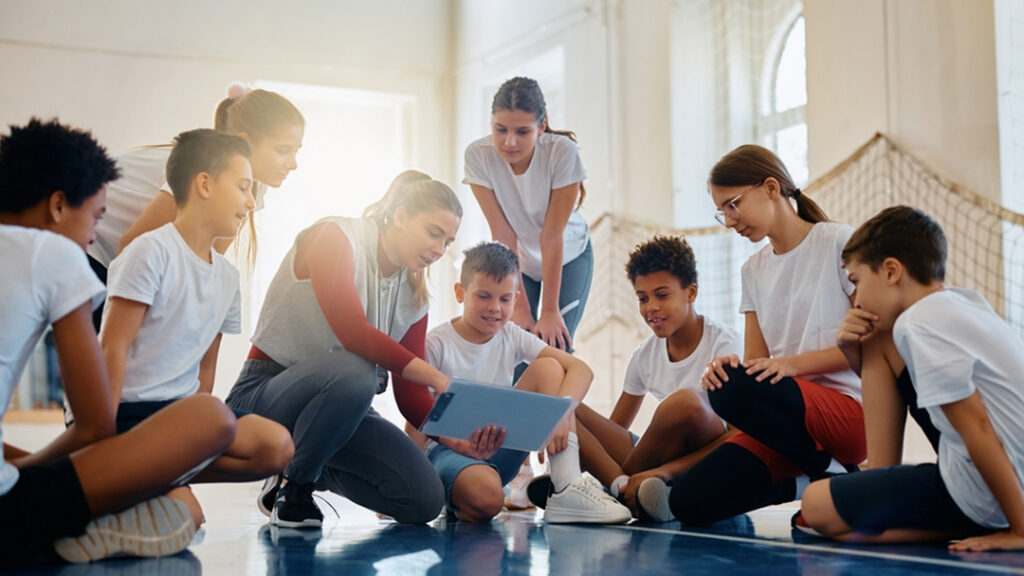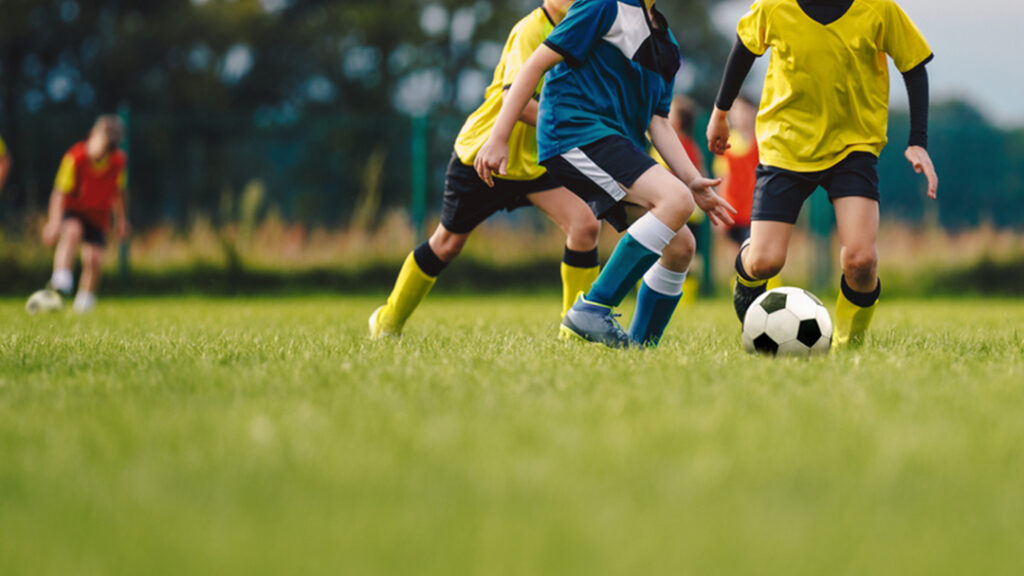In today’s world, we cannot stop stressing on the importance of physical education and sports activities in schools. North American International School (NAIS) in Dubai recognizes the enormous influence these activities have on students’ overall development. Let’s look at why sports for kids in school is important in developing well-rounded persons. Moreover, how introducing physical education into the school curriculum benefits them in many ways.
As one of Dubai’s premier institutions, NAIS recognizes that education goes beyond the classroom. While academic performance is critical, we feel that promoting students’ physical health and well-being is as important. In this post, we will discuss the importance of physical education and school sports, the various benefits they provide to children.
Why Sports Is Important in School:
Physical education and sports activities offer several benefits that help students grow and develop. Here’s why including team sports in the school curriculum is essential:
Promotes Physical Fitness:
Participating in sports helps students maintain a healthy lifestyle. It boosts heart health, muscular strength and endurance, and overall fitness levels. Additionally, regular physical activity can help prevent chronic diseases such as obesity, diabetes, and hypertension, ensuring long-term health and well-being.
Teaches Essential Life Skills:
Sports teach essential life skills like teamwork, leadership, discipline, resilience, and time management. They are crucial for success both on and off the field. Students learn the importance of goal-setting, perseverance, and self-motivation. They strive to improve their athletic abilities, skills that are transferable to various aspects of life.
Fosters Social Interaction:
Participating in sports activities promotes interaction with others, collaboration, and friendship among students. It establishes friendships and a sense of belonging in the school community. Sports clubs offer opportunities for students to learn effective communication, conflict resolution, and empathy. These are essential skills for building positive relationships throughout their lives.
Improves Mental Well-being:
Physical exercise produces endorphins, which are neurotransmitters that increase happiness while reducing stress and anxiety, contributing to better mental health. Engaging in sports activities provides students with a constructive outlet for managing emotions, relieving tension, and enhancing mood. This ultimately leads to improved overall well-being and resilience.
Develops Sportsmanship and Character:
Participating in sports teaches kids vital qualities such as sportsmanship, honesty, and respect for opponents. They learn the capacity to gracefully accept wins and failure.
These help to shape their characters positively. Students learn the value of integrity, fair play, and ethical behavior. This lays the foundation for ethical decision-making and responsible citizenship in the future.
Benefits of Physical Education in Schools:

Including physical education into the school curriculum provides several benefits to kids. Here are some of the main advantages:
Improved Academic Performance:
Regular physical exercise, as studies have found, is associated with improved cognitive function, focus, and academic accomplishment. This results in higher classroom performance. Physical activity stimulates brain activity, enhances memory retention, and improves information processing. This leads to better academic outcomes across subjects.
Healthy Habits for Life:
Physical education lays the groundwork for lifelong health and well-being. It teaches children the value of physical fitness and equips them with the information and skills they need to live active lives. Moreover, instilling healthy habits early on fosters a positive attitude towards exercise and nutrition. This reduces the likelihood of sedentary lifestyles and associated health problems in adulthood.
Reduced Risk of Health Issues:
Regular physical exercise from a young age lowers the risk of obesity, heart disease, diabetes, and other health problems later in life. Physical activity strengthens the immune system, improves breathing function, and regulates blood pressure and cholesterol levels. This contributes to long-term health and disease prevention.
Enhanced Motor Skills and Coordination:
Physical education programs emphasize the development of fundamental movement abilities such as running, leaping, throwing, and catching. This helps kids improve their motor skills, coordination, and agility. Mastering these skills lay the foundation for participation in various sports and entertainment activities, fostering a lifelong enjoyment of physical activity and movement.
Opportunities for Inclusivity:
Physical education and sports programs allow students of all abilities to engage. It promotes inclusion, diversity, and a sense of belonging within the school community. Inclusive sports practices accommodate diverse needs and abilities, providing adaptive equipment, modified activities, and supportive environments to ensure every student can participate and succeed.
Conclusion
Physical education and sports are essential for students’ overall development. At NAIS, we are dedicated to providing our children with a well-rounded education. It includes academic brilliance as well as physical health, social skills, and character building. By focusing on the physical education in school curriculum, our kids can have healthy, active, and meaningful lives.

